The Molecular Ink Market is currently characterized by a dynamic competitive landscape, driven by technological advancements and increasing demand for high-quality printing solutions. Key players such as HP Inc. (US), Canon Inc. (JP), and Epson Corporation (JP) are at the forefront, each adopting distinct strategies to enhance their market positioning. HP Inc. (US) focuses on innovation, particularly in developing sustainable ink solutions, while Canon Inc. (JP) emphasizes regional expansion and partnerships to bolster its market presence. Epson Corporation (JP) is also investing heavily in digital transformation, aiming to integrate AI technologies into its printing solutions. Collectively, these strategies not only enhance their competitive edge but also shape the overall market dynamics, fostering an environment where innovation and sustainability are paramount.
In terms of business tactics, companies are increasingly localizing manufacturing and optimizing supply chains to respond swiftly to market demands. The Molecular Ink Market appears moderately fragmented, with a mix of established players and emerging companies vying for market share. The collective influence of these key players is significant, as they drive trends in product development and customer engagement, thereby shaping the competitive structure of the market.
In August 2025, HP Inc. (US) announced the launch of its new line of eco-friendly molecular inks, which are designed to reduce environmental impact while maintaining high print quality. This strategic move underscores HP's commitment to sustainability and positions the company as a leader in environmentally responsible printing solutions. The introduction of these inks is likely to attract environmentally conscious consumers and businesses, enhancing HP's market share in the growing segment of sustainable products.
In September 2025, Canon Inc. (JP) revealed a strategic partnership with a leading software company to develop advanced printing solutions that leverage AI for enhanced efficiency. This collaboration aims to streamline the printing process and reduce waste, aligning with current trends towards digitalization and sustainability. By integrating AI capabilities, Canon is not only improving its product offerings but also reinforcing its competitive position in the market.
In July 2025, Epson Corporation (JP) expanded its manufacturing capabilities in Southeast Asia, focusing on the production of high-performance molecular inks. This expansion is indicative of Epson's strategy to meet the rising demand in the region while optimizing its supply chain. By localizing production, Epson can reduce lead times and costs, thereby enhancing its competitive advantage in the fast-evolving market.
As of October 2025, the competitive trends in the Molecular Ink Market are increasingly defined by digitalization, sustainability, and the integration of AI technologies. Strategic alliances are becoming more prevalent, as companies recognize the need to collaborate to innovate and meet consumer demands. Looking ahead, it is anticipated that competitive differentiation will evolve, shifting from traditional price-based competition to a focus on innovation, technological advancements, and supply chain reliability. This transition is likely to redefine the competitive landscape, compelling companies to invest in research and development to stay ahead.


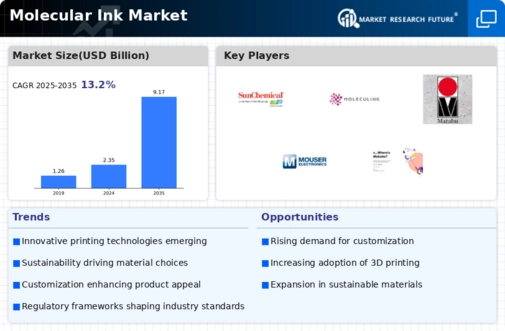
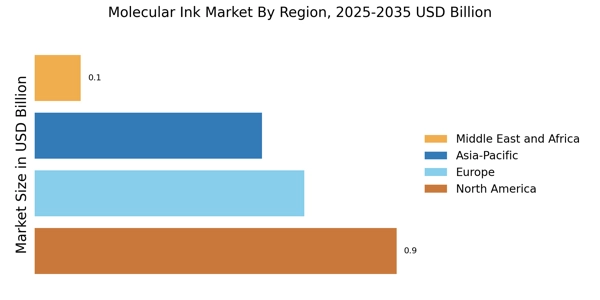
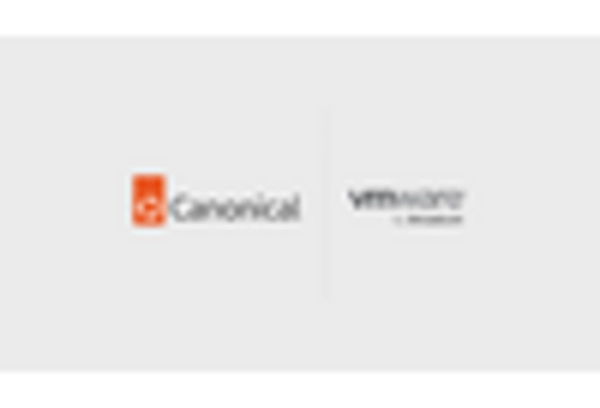
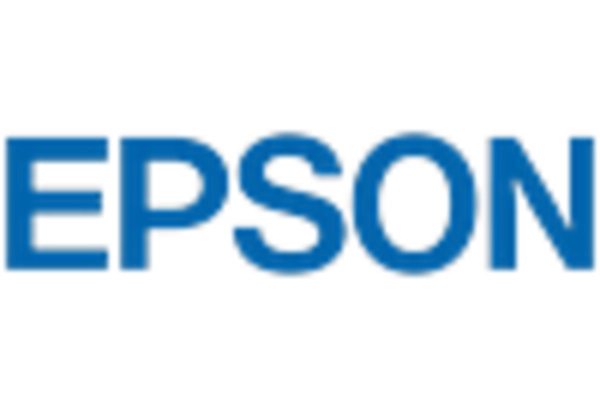
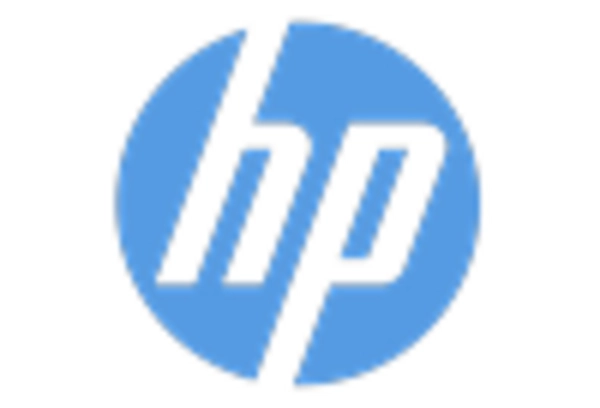
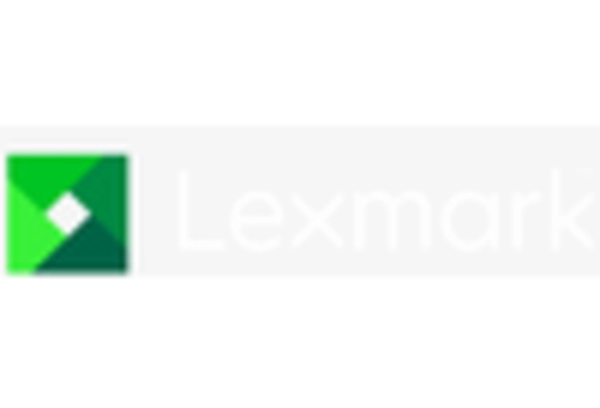
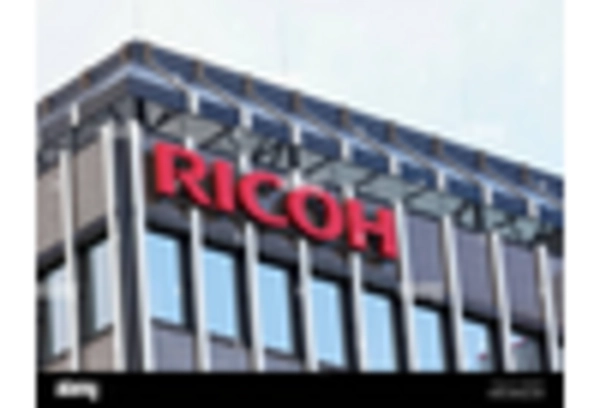
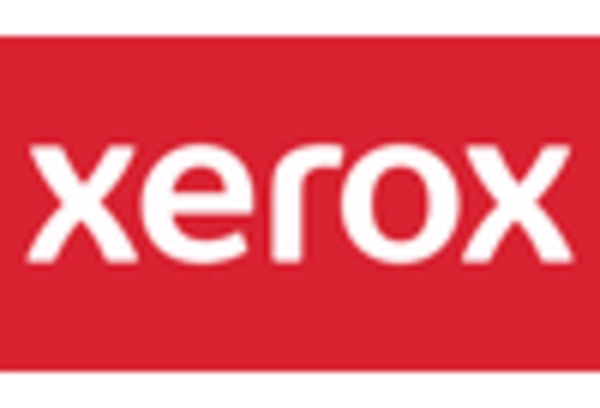








Leave a Comment